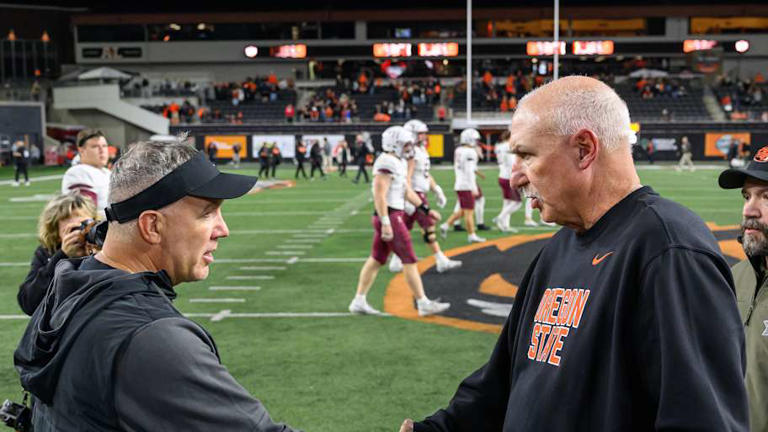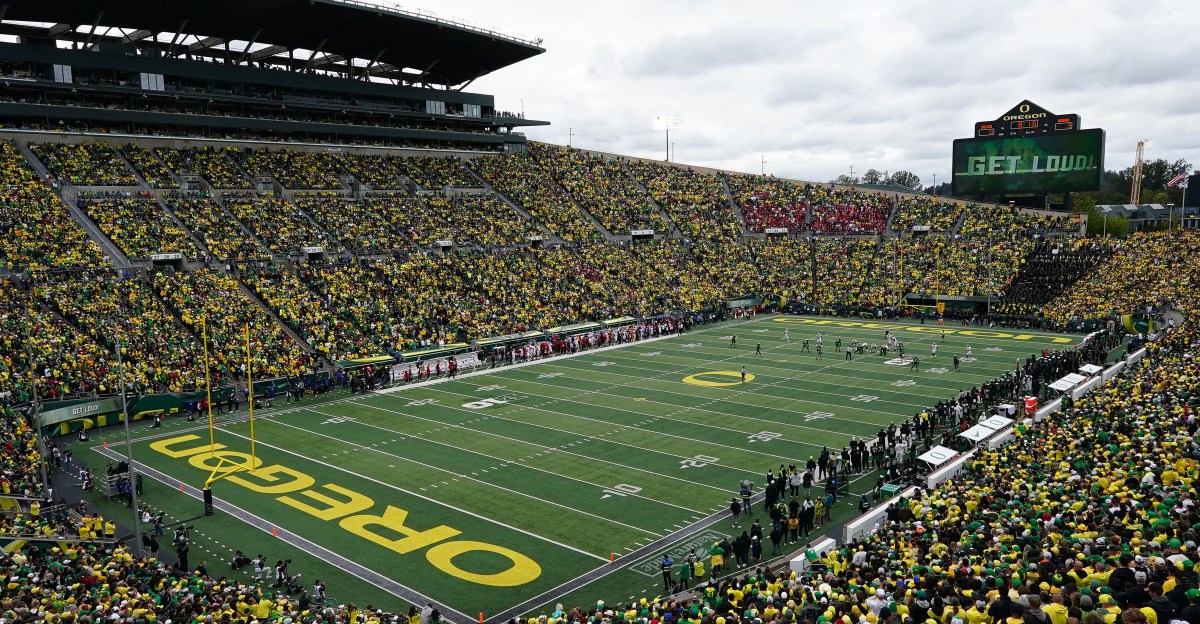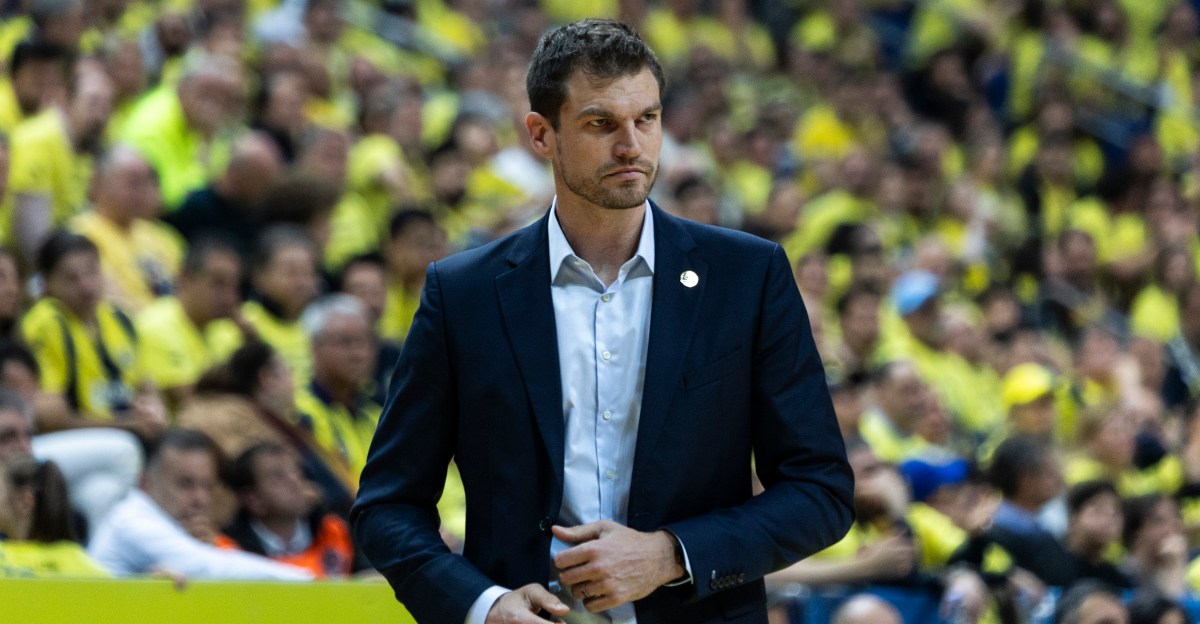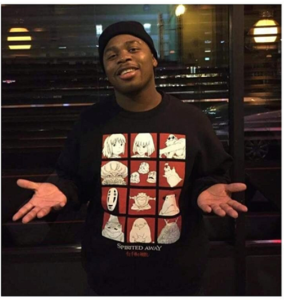Football: Mark Helfrich Oregon coaching review part 2
The Transition Coaches: Mark Helfrich
Between 1977 and 2008, the Oregon Ducks had just two head football coaches. For more than 30 years, that remarkable consistency allowed the program to steadily grow from its humble place it occupied in the early to mid-1970s to the national presence it enjoys today.
In stark contrast, between 2009 and 2021, Oregon had four different head coaches in just 12 years—twice as many as in the previous 31—with none staying longer than four seasons. As Dan Lanning enters his fourth season in 2025, hopefully beginning a tenure more in line with Oregon legends Rich Brooks and Mike Bellotti, it feels like the right time to reflect on the era of transition that followed Bellotti’s retirement.
This series will take a close look at each coach from that period: what they did well, where they struggled, and what the facts and numbers say beyond the familiar narratives.
Second Up: Mark Helfrich
What We Remember
The dominant narrative about Mark Helfrich’s time as head coach centers on how it ended: with a disastrous 2016 season—the only time the Ducks have missed a bowl game in the last 20 years. That ending tends to overshadow what were, in fact, three mostly successful and fun seasons to begin his tenure. Personally, I have a lot of fond memories from Mark’s first three years.
At ATQ, many of us remember Mark as a “nicer Chip Kelly.” It was clear that he admired and respected the man who hired him, and he tried to keep the program exactly as Chip had built it. That approach worked quite well when Mark still had Chip’s players. But as time passed and Chip’s influence faded, things fell apart.
To be clear, I won’t argue that Oregon made a mistake in firing Helfrich—it had to happen. But I’ll always believe he’s the one coach I truly wish it had worked out for. As a local Oregonian, this was his dream job, and I genuinely think he wanted to succeed. He just didn’t have all the necessary traits of a successful college football head coach.
How His Teams Performed
Here’s a comparison of Helfrich’s four seasons versus those of his predecessor, Chip Kelly:
:no_upscale()/cdn.vox-cdn.com/uploads/chorus_asset/file/26014845/Table_1.png)
Here is Oregon’s winning percentage and conference winning percentage in Mark’s seasons:
:no_upscale()/cdn.vox-cdn.com/uploads/chorus_asset/file/26014847/Win_percentage_Mark.png)
:no_upscale()/cdn.vox-cdn.com/uploads/chorus_asset/file/26014853/Win_percentage_conference_Mark.png)
As you can see, Helfrich picked up where Kelly left off—but things declined steadily. Here’s the breakdown of Helfrich’s tenure in two halves:
:no_upscale()/cdn.vox-cdn.com/uploads/chorus_asset/file/26014855/Table_2.png)
Offensive Performance
Like Kelly, Helfrich was an offensive-minded coach. During his tenure, he hired two offensive coordinators—Scott Frost and Matt Lubick—but was himself heavily involved in designing and implementing the offense.
:no_upscale()/cdn.vox-cdn.com/uploads/chorus_asset/file/26014857/O.png)
Just as Chip Kelly benefited from inheriting defensive mastermind Nick Aliotti, Helfrich had an equally impressive inheritance: a future Heisman-winning quarterback. The impact of Marcus Mariota was immediate and immense, especially in Helfrich’s first two seasons, when Oregon’s offense arguably surpassed even Kelly-era highs.
:no_upscale()/cdn.vox-cdn.com/uploads/chorus_asset/file/26014858/O_Mariota.png)
Mariota would have thrived under almost any competent coach—but I think Helfrich deserves some credit, for four main reasons:
- Helfrich was the offensive coordinator during Mariota’s first year as a redshirt freshman starter.
- In Helfrich’s first year as head coach, the Ducks saw a major increase in explosive passing—some of which should be credited to Helfrich modifying and improving Kelly’s scheme.
- Even after Mariota, Oregon’s offense remained productive and explosive—though less efficient.
- Scott Frost, the one other person who might deserve credit for the 2015–2016 offense, didn’t exactly distinguish himself as a head coach elsewhere.
To be clear, I’m not arguing that Helfrich was a mastermind—he inherited an extraordinary talent. But despite his flaws (which we’ll get to shortly), Helfrich was a pretty good offensive coach.
Defensive Performance
:no_upscale()/cdn.vox-cdn.com/uploads/chorus_asset/file/26014859/D.png)
Unlike Kelly, Helfrich had to hire two defensive coordinators during his time as head coach—first in 2014 after Nick Aliotti retired, and again in 2016, when he demoted Don Pellum and brought in Brady Hoke.
Both hires were failures. Here are Oregon’s Defensive metrics from charting but by coordinator tenure. First Aliotti
:no_upscale()/cdn.vox-cdn.com/uploads/chorus_asset/file/26014860/D_Aliotti.png)
Next Pellum:
:no_upscale()/cdn.vox-cdn.com/uploads/chorus_asset/file/26014861/D_Pellum.png)
Also side note but you may remember 3rd and Pellum. Here’s a look at Oregon’s 3rd-and-long pass stop win % by year:
- 2009 (Aliotti): 74.29%
- 2010 (Aliotti): 70.37%
- 2011 (Aliotti): 80.65%
- 2012 (Aliotti): 74.51%
- 2013 (Aliotti): 85.37%
- 2014 (Pellum): 66.10%
- 2015 (Pellum): 64.29%
As bad as Pellum was, the real disaster came with “no-headset” Brady Hoke in 2016. The defense was, simply put, putrid.
:no_upscale()/cdn.vox-cdn.com/uploads/chorus_asset/file/26014862/D_Hoke.png)
For an offensive coach who delegates the entire defense to a coordinator, you cannot afford to go 0-for-2 on those hires. That failure was one of the two key factors that led to Helfrich’s downfall.
Recruiting
The narrative around Helfrich’s recruiting—that it wasn’t good—matches the data. Recruiting was the second major factor that led to his dismissal.
:no_upscale()/cdn.vox-cdn.com/uploads/chorus_asset/file/26014863/Class_Score.png)
:no_upscale()/cdn.vox-cdn.com/uploads/chorus_asset/file/26014864/Avg_Player_rating.png)
After taking over for Kelly, Helfrich landed two solid classes. But the 2016 class (signed in January of that year) was Oregon’s worst in seven cycles, both by total composite score and average player rating. When combined with the on-field disaster that followed, it was clear a change had to be made.
We can also see the impact of recruiting on the roster. Here are those earlier team performance graphs, now with a four-year rolling average of composite talent overlaid.
:no_upscale()/cdn.vox-cdn.com/uploads/chorus_asset/file/26014865/Class_Score_4.png)
:no_upscale()/cdn.vox-cdn.com/uploads/chorus_asset/file/26014866/Avg_Player_Rating_4.png)
The trends are clear:
- Average roster talent declined.
- Average player rating declined.
- Both declined despite the momentum of 2009–2012, when they should have been improving.
Summary: Strengths and Weaknesses
Strengths:
- Offensive run game
- Explosive passing game
Weaknesses:
- Defensive coordinator hires
- Recruiting
The Actual Legacy vs. the Perceived Legacy
As noted above, the common narratives about Helfrich’s firing—poor defensive hires and declining recruiting—are accurate. But what often gets lost is just how successful the early part of his tenure was.
Helfrich coached two and a half really good seasons at Oregon (I’m counting the back half of 2015 as the half). Sure, he benefited from what was already in place—but he also helped build that foundation as an assistant under Kelly and Bellotti.
If we’re going to lay all the blame at Helfrich’s feet for 2016, then we should also give him credit for 2013, 2014, and part of 2015. It didn’t work out in the end, but it almost did—and for a local guy living his dream, that counts for something.
Share this content:















Post Comment